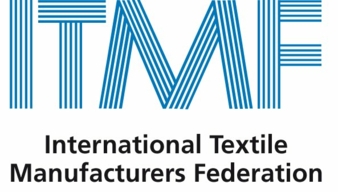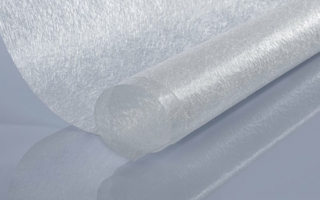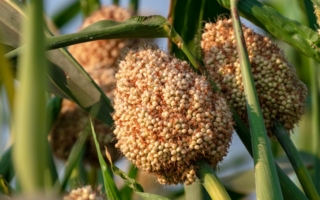10/01/2024 – ITMF
Slight capacity growth and higher fiber consumption
ITMF (International Textile Manufacturer Federation) has published its International Textile Industry Statistics (ITIS) on productive capacity and raw materials consumption in the short-staple organized (spinning mill-) sector in virtually all textile-producing countries in the world.
Textile machinery installations soar globally
The global number of installed short-staple spindles has grown from 225 m units in 2021 to 227 m units in 2022. The number of installed open-end rotors increased from 8.3 m in 2021 to 9.5 m in 2022. This constitutes the strongest growth ever recorded in this market with investment disproportionally targeting Asia. The number of installed air-jet spindles continued to increase in all regions in 2022.
Shuttle-less looms rise, raw material dips (1992-2022)
The substitution between shuttle and shuttle-less looms continued in 2022. The number of installed shuttle-less looms increased from 1.72 m in 2021 to 1.85 in 2022, while installed shuttle looms reached 952 thousand. Total raw material consumption in the short-staple organized sector slightly decreased from 45,6 m tons in 2021 to 44,26 m tons in 2022. Consumption of raw cotton and synthetic short-staple fibers decreased by -2.5% and -0.7%, respectively. Consumption of cellulosic short-staple fibers increased by 2.5%.
In summary the latest ITIS report reveals: while there is a surge in installed capacites, global raw material consumption experiened a slight decline in 2022. Nevertheless the industry witnessed unprecedented growth in installed spindles and rotors, particulary in Asia, marking a significant market expansion. However, this expansion contrasts with a marginal reduction in total raw material consumption, primalily driven by decreased use of raw cotton and sythetic short-staple fibers, despite a rise in the consumption of cellulosic fibers. This may indicate a shift in material preferences, shaping the sector´s trajectory towards greater fiber diversification.
Find out more here.
(Soucre: ITIS No. 65/2022)




